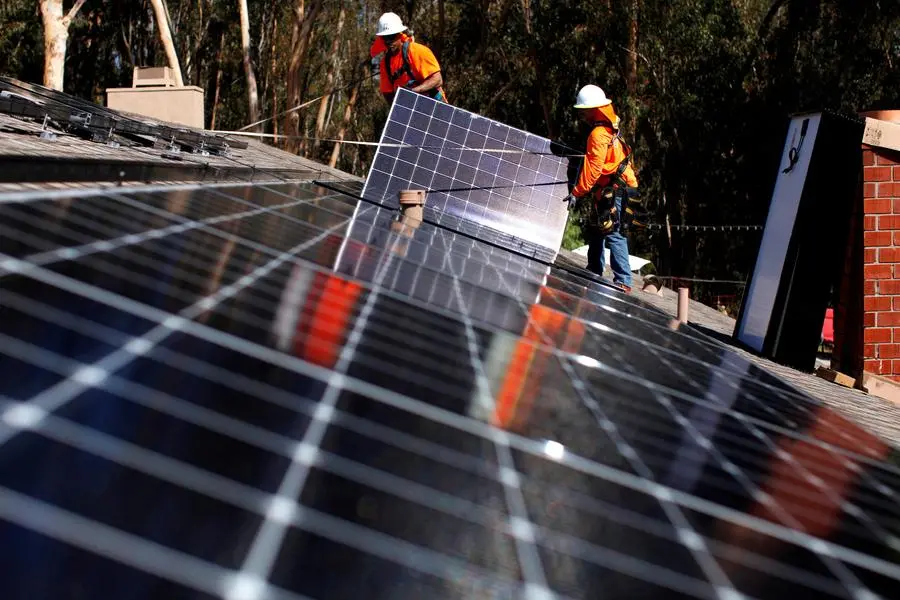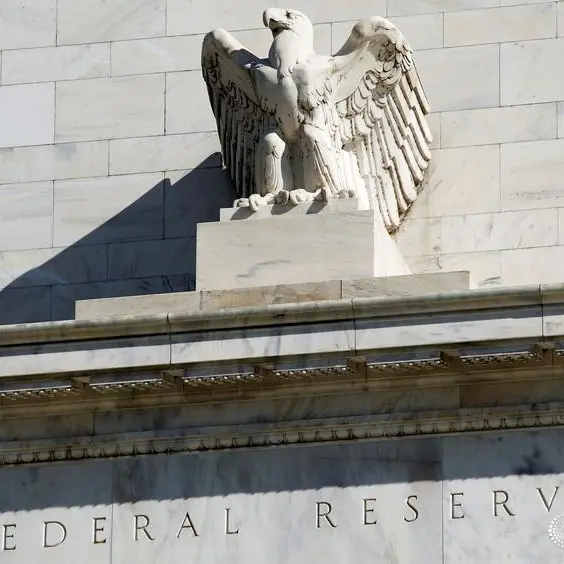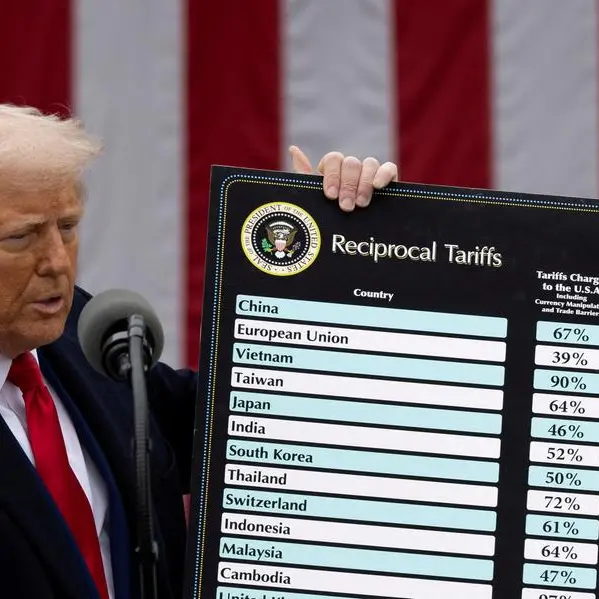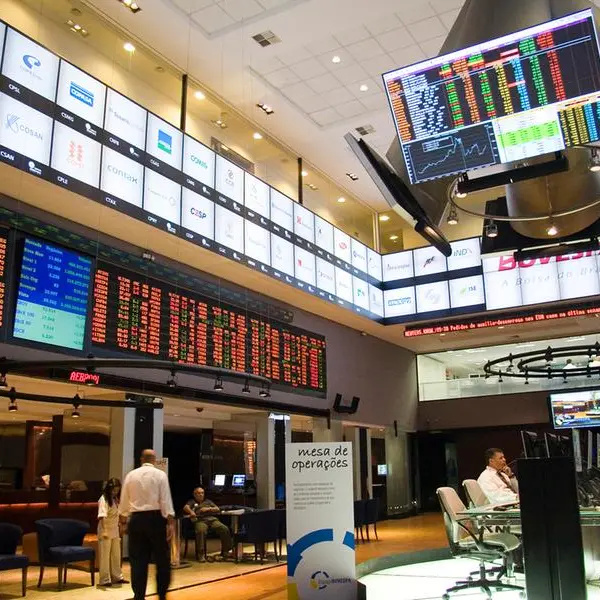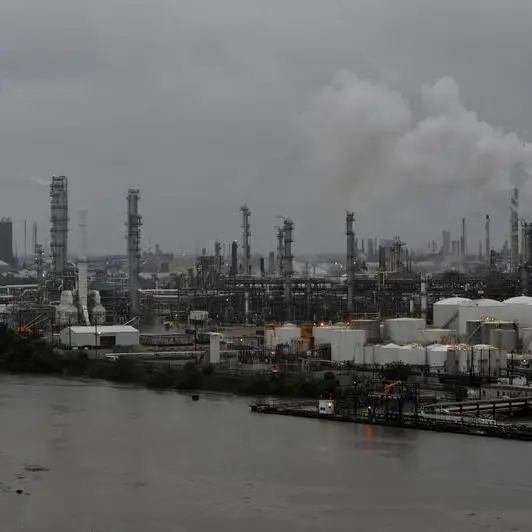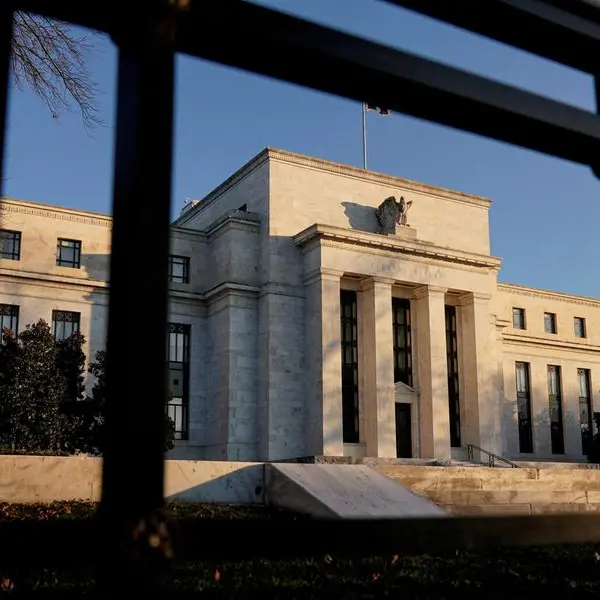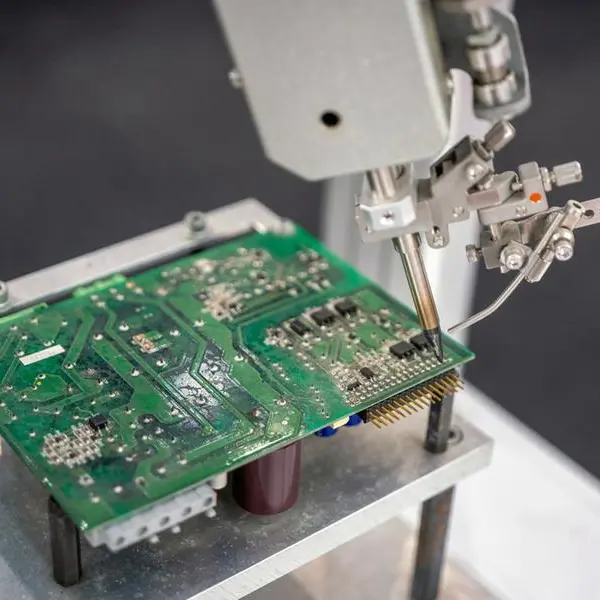PHOTO
The U.S. has doubled the pace of cutting carbon emissions since President Joe Biden's Inflation Reduction Act (IRA) passed in 2022, analysts and scientists said, with more than 80 solar, wind and energy storage projects taking advantage of the law's mix of direct payments and tax credits.
The IRA and the Bipartisan Infrastructure Law last year provided $239 billion for clean energy, electric vehicles (EVs), electrification of buildings, and carbon management in the U.S., up 38% from 2022, according to the Clean Investment Monitor, a joint project of the policy researcher Rhodium Group and MIT. Still, experts said there is a long way to go before the law can achieve Biden's wider climate ambitions of net-zero by 2050.
Ultimately, analysts expect U.S. government direct spending and tax credits under the law will far exceed the initial $400 billion estimate. Goldman Sachs Group has projected up to $1.2 trillion spending through 2031.
Two years after passage of the landmark climate law, early winners have been sectors such as electrical power, battery manufacturing and traditional clean energies like wind and solar. The law encouraged Asian and European companies to invest more in the U.S., which in turn prompted Europe to develop its own Green Industrial Plan over worries the U.S. would pull away clean-energy projects and talent.
Still, state and local regulations have hindered development of new transmission lines, and new EV charging stations have not sprouted up as quickly as some had hoped. Also, the IRA has been much slower to encourage other types of projects, especially hydrogen, carbon sequestration, geothermal and nuclear energy, noted Jigar Shah, head of the loan programs office at the Department of Energy.
Those sectors "continue to struggle around figuring out how exactly to put all the pieces together," Shah said last month at the CERAWeek energy conference in Houston.
Oil companies have bristled at the criteria for tax credits for hydrogen fuel plants. Exxon Mobil Corp Chief Executive Darren Woods warned in an interview that he might scrap a multibillion-dollar plan to build the world's largest hydrogen plant in Texas.
"The challenge has been translating the legislation of the IRA into regulation," Woods said, noting the proposed regulation favors hydrogen fuel from plants powered by renewable energy rather than natural gas.
Even in sectors like electric vehicles, companies are discovering "a host of practical barriers to putting the IRA tax breaks to work", said Jason Bordoff, founding director of the Center on Global Energy Policy at Columbia University.
For instance, he cited a lack of transmission lines that would connect new clean energy projects to the grid and local-content requirements for EVs.
Tax breaks for EV purchases under the law have U.S. automakers worried about cheap Chinese vehicles flooding the market, triggering rules for U.S. content and calls in Washington for steeper tariffs. China has protested U.S. content rules on EVs to the World Trade Organization.
Concern about Asian companies cornering the market on advanced technology needed for EVs and other green energy items also prompted Washington to launch aggressive investments in semiconductor plants.
"Some parts of clean energy like electric vehicles have become particularly politicized. There could be a risk that the implementation of the IRA by the administration could be slowed down," Bordoff said.
So far, a $7.5 billion U.S.-funded network of electric vehicle charging stations has led to only a handful of stations despite a temporary waiver of U.S. content rules.
Regulatory hurdles have hindered advancement of complex projects favored by oil companies such as hydrogen plants or carbon capture systems for oil wells, noted Roman Kramarchuk, head of climate markets and policy analytics for S&P Global Commodity Insights.
He predicted these projects would see a second wave of development "when there is more certainty around how that financing is supposed to happen or what it takes to get a deal done."
Oil executives at the conference in Houston also complained that regulations were making it difficult to build new natural gas pipelines, which undercut efforts to remove the gas from drilling sites.
Now, a proposed IRA-linked fee for excess methane emissions on federal lands has raised a new hurdle, ConocoPhillips Chief Executive Ryan Lance said, adding that "industry is pushing back" on that issue.
Despite the various industry complaints, the climate law has helped the U.S. reduce carbon emissions by 4% annually, double the pace of 2% a year before the law, nine research teams across the U.S. said last year in an article published in the journal Science. Still, some experts said the pace must accelerate.
“The IRA doubles the pace of reductions but should have tripled it to hit our 2030 climate goals and get on the path to net-zero by 2050,” said Princeton Mechanical and Aerospace Engineering professor Jesse Jenkins, one of the study participants.
(Reporting by Sabrina Valle; Editing by David Gregorio)
